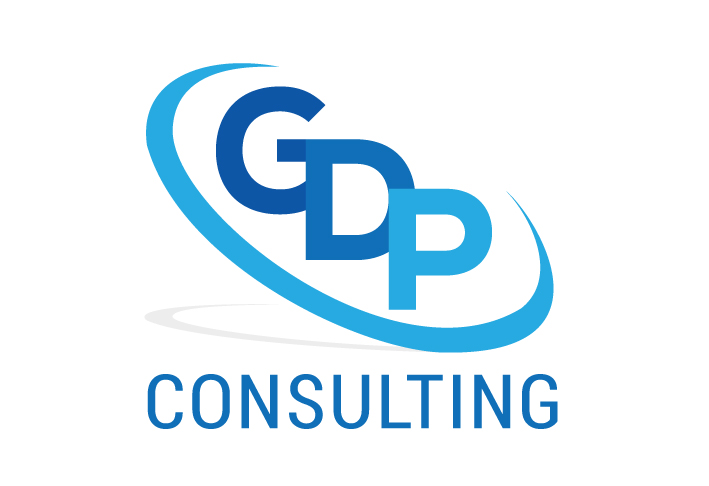There are at least six dilemmas which boards face on a continuous basis
- When to control and when to collaborate
There are times when the board has to override the recommendations of the CEO and there are times when the board has to collaborate and accept the data presented by the CEO. The board has to govern its risks and let the CEO manage  the organizational risks and at the same time ensure it is receiving enough information to know that there is nothing happening which can put the organization in jeopardy.
the organizational risks and at the same time ensure it is receiving enough information to know that there is nothing happening which can put the organization in jeopardy.
2. When to demand in-depth knowledge and when to trust what is happening in the entity
It is easy for make board members feel as if they do not know enough about the business of the organization and they need to get involved in committees to teach them about the activities of the various arms of the entity. It is difficult for boards to determine what it needs to govern, the information it needs, and how it will go about making effective decisions. Generally, boards do not need to know everything that is happening but they do need to know about activities which could lead to political unrest or litigation.
3. When to speak with one voice and simultaneously avoid ‘groupthink’
Speaking with one voice is not synonymous with groupthink or everyone thinking the same. Speaking with one voice means that even though a board member does not agree with a decision of the board, he is willing to report on and uphold that decision. Rather than saying, “I don’t agree with it, but the board voted to do X,” he would say, “The decision of the board is X.” If questioned whether he agreed with the decision. He would answer, “The decision of the board is X and I support (uphold) that decision.”
4. When to do what is best based on the information and when to be swayed by political input
There are times when the evidence indicates a clear choice for the board and that choice matches stakeholders’ choices. There are other times when the evidence and the politics will conflict. Boards have to make decisions. Sometimes it is wise to find a balance between the evidence and the political will and sometime it is necessary to take a stand based on the longitudinal benefits of making a decision based on the evidence. This is one of the paradoxes associated with board governance.
5. When to hire the most qualified CEO and when to hire the most suitable person
Who is best for the job of CEO? Does the board choose
- the best qualified person?
- the person who knows the system the best?
- the person who has the most experience?
- a person who has never interacted with the system and can bring a new perspective to the organization?
It is easier to draw up an ad for the position, than it is to make the choice. Technically, one would think a board would choose the most qualified person. This many not be the best choice given the entity’s specific circumstances. It would not be possible to state how the selection would be made in an advertisement but it would influence the choice. It is a dilemma and one which many boards face during their tenure.
6. When to have a direct relationship with the people who report to the CEO and when to let the CEO independently manage
Some boards meet without the CEO present, some include the CEO in their meetings while others include the CEO and his senior team. Does the board operate as if it has one employee or as if it has several? That is a choice the board makes and if it chooses to include the full senior team, it has to distinguish its role from the role of the CEO. It is possible for the board to create a situation where the senior team can play one off against the others and no one wins. It is imperative that the board supports the CEO and the senior team supports the CEO. How to create the balance can place the board in a quandary because different board members often have different philosophies. It is critical for the board to determine who reports to it and how it will ensure its actions do not create disharmony in the organization.
